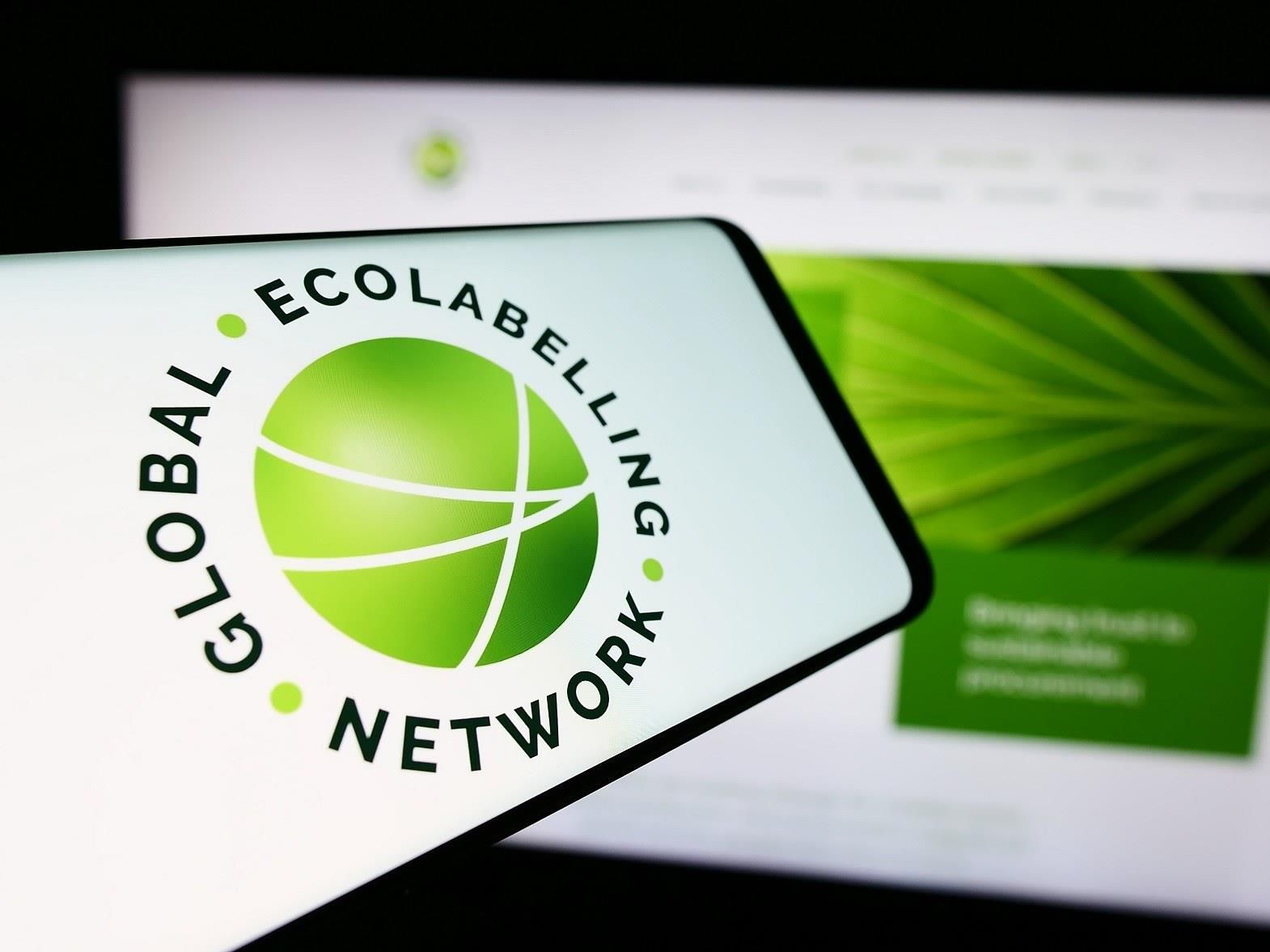According to the Commission, 1,367 textile and clothing products had been awarded this status by the beginning of the year, representing around 16% of the total number of products carrying the EU's Ecolabel. The EU's need to contribute to eco-labeling is clear enough because its clothing purchases have a huge impact on the global clothing sector's environmental footprint. Indeed, according to 2012 World Trade Organization (WTO) international trade statistics, the EU and the United States were the major markets for clothing, accounting for imports worth US$189bn and US$88.6bn, respectively, in 2011.
But with so many eco-label systems in place, Ulf Eriksson, textile and leather expert at the Sweden-based Svanen (Swan) Nordic Ecolabel, acknowledged that consumers could be forgiven for looking cynically at the plethora of labels, and retailers and certifiers are sometimes understandably frustrated. "There are plenty of voices who say the garment industry has more eco-labels than any other industry," he said. "They can range from good to green wash, and cool labels with nice buzzwords but lazy claims. It's hard for consumers. It's a jungle out there and it's very frustrating for us, too. These [certification labels] can smell prestigious," he said. And for manufacturers, an eco-label can be hard to resist: "All these companies want to keep their integrity, keep their work."
Despite the success of GOTS, cotton can be problematic to certify environmentally. A coalition of non-governmental organizations (NGOs), the Cotton Campaign, has raised concerns with United Nations Children's Fund (UNICEF) and targeted the major international cotton stock exchanges of the US, Turkey, and Bremen, in Germany, about weak monitoring systems for cotton production. "It is hard to separate the provenance of cotton when it is sold in international markets," said Michael Laubsch, Director of the Eurasian Transition Group. "They don't generally give any guarantee that the cotton is not from Uzbekistan [where child labour is often used) or any other country. That means that while a fashion company might say 'this is brutal,' they can't say where their cotton comes from."
Eco-factories
Meanwhile, the concept of eco-factories is emerging as a way of providing customers with the reassurance of ethical sourcing. For example, Isle of Wight, southern England-based Rapanui Clothing has introduced a nuanced green labeling approach, similar to that used for hard white goods, with ratings ranging from A (excellent) to G (poor). "Most eco-labels are simply a line that companies have to cross, but it doesn't make clear to the customer where that line is," said Rob Drake-Knight, co-founder of Rapanui. "Our system works in the way that food labels tell you how much fat is in the product otherwise, you are just buying blind."
Liyr Roberts, of the Sustainable Places Research Institute at the University of Cardiff in Wales, feels that ultimately, consumers will simply be overwhelmed if there is too much information on a label. "The game changer will be the smart phone; if a simple app can be developed and incorporated into the barcode of the garment that will tell you about issues such as emissions or factory conditions. People will be able to go in a deep as they want into the detail."
This article was originally published in September issue of 'The Stitch Times' magazine.








Comments